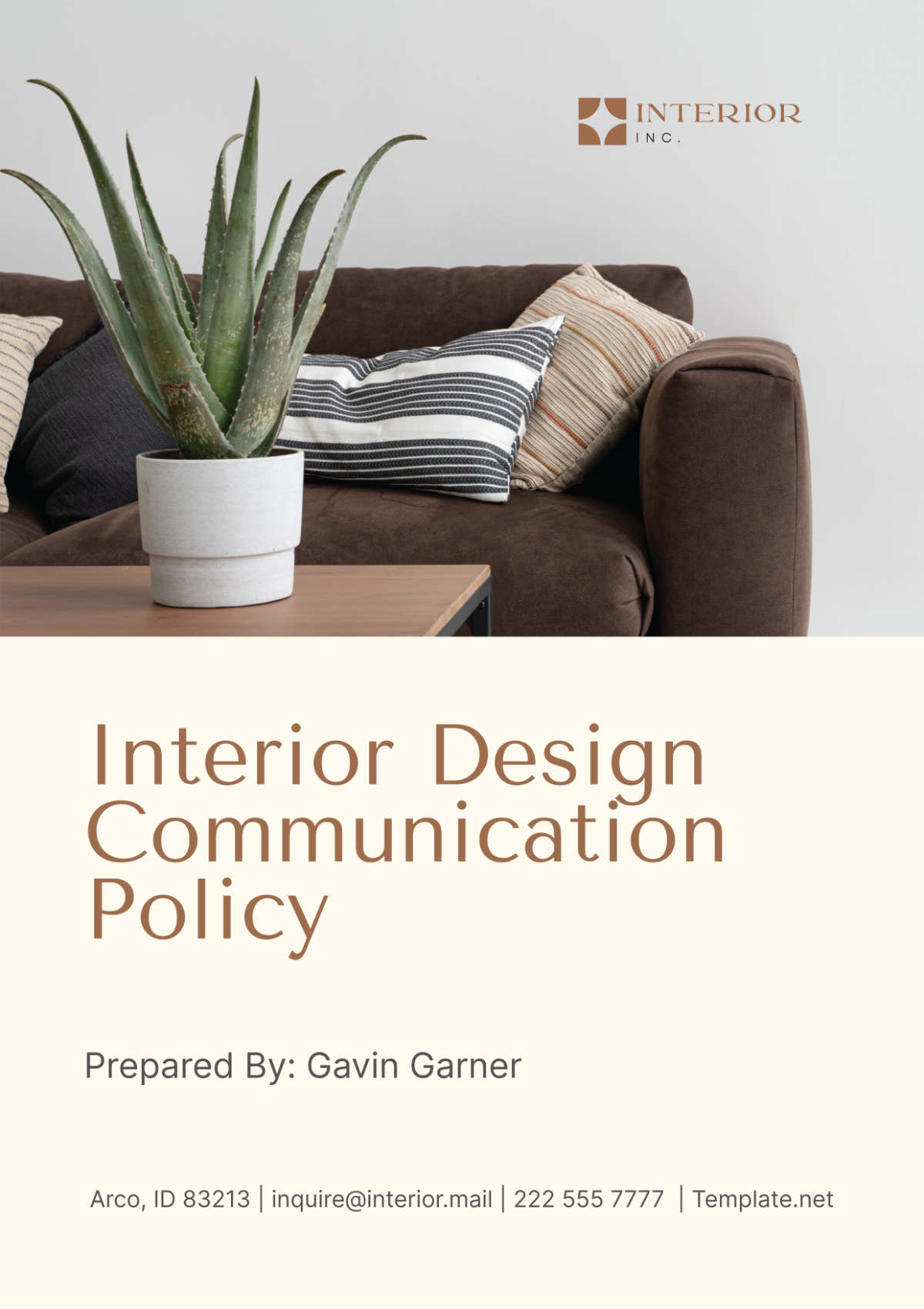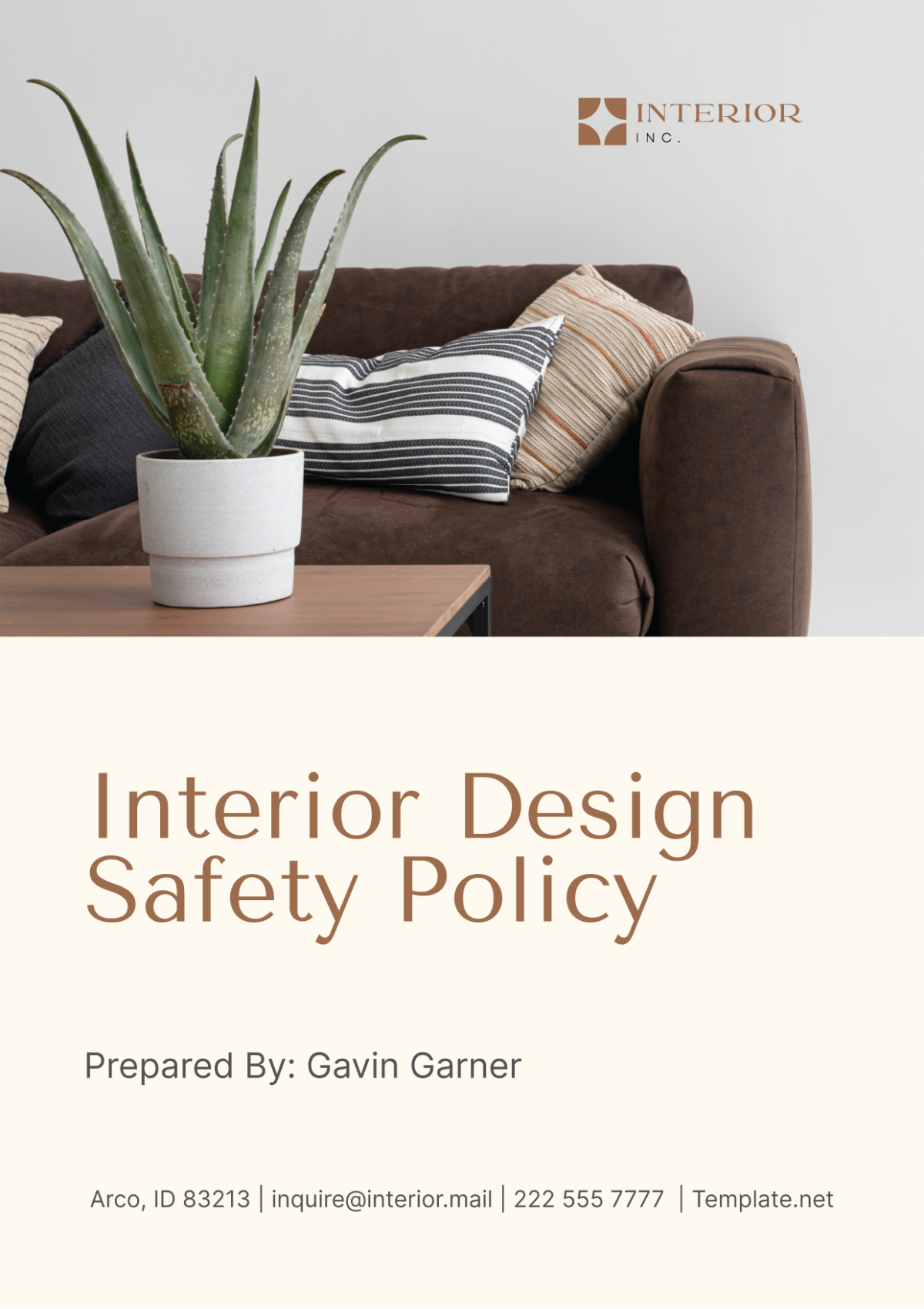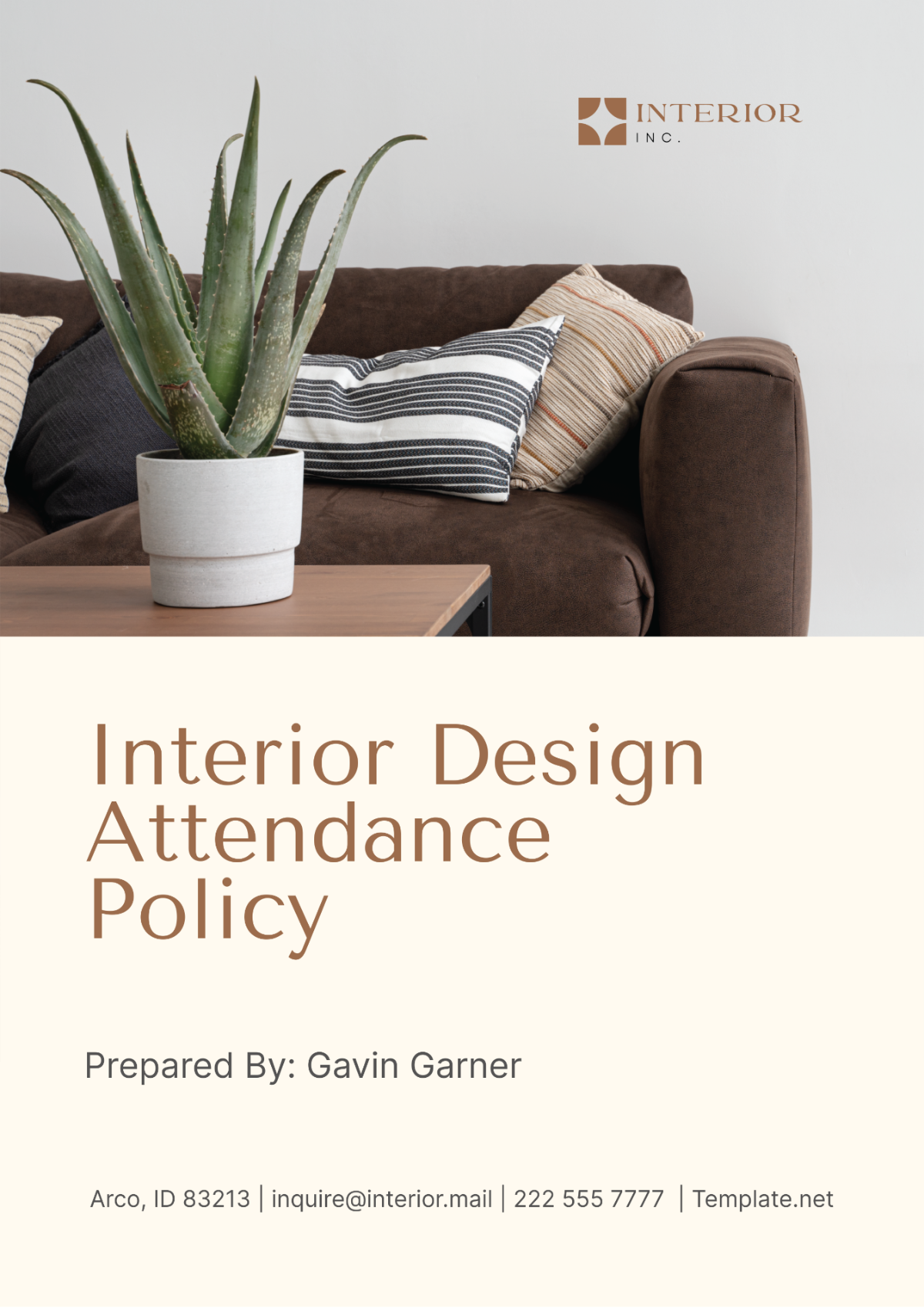I. Introduction:
At [Your Company Name], effective communication serves as the cornerstone of our operations. By fostering clear and consistent communication practices, we enhance collaboration, productivity, and client satisfaction. This comprehensive communication policy delineates the guidelines and expectations for communication within our organization and with external stakeholders.
II. Internal Communication:
Methods of Communication:
Email: Serving as the primary mode of communication for non-urgent matters, email facilitates documentation and ensures a written record of conversations.
In-person Meetings: Reserved for discussions requiring immediate attention, brainstorming sessions, and sensitive matters that necessitate face-to-face interaction.
Internal Messaging Platforms: Platforms like Slack or Microsoft Teams enable quick updates, informal communication within teams, and sharing of resources.
Phone Calls: Utilized for urgent matters or when direct conversation is preferred for clarity and efficiency.
Frequency and Timing:
Response Times: Employees are expected to acknowledge emails and internal messages within 24 hours during business days, ensuring timely responses to inquiries and requests.
Meeting Schedules: Bi-weekly team meetings will be scheduled to review ongoing projects, address any challenges, and foster team cohesion.
Confidentiality:
Data Security: All internal communication platforms are secured to safeguard sensitive company information.
Confidentiality Agreement: Employees are required to adhere to confidentiality agreements, ensuring the protection of proprietary information and client confidentiality.
III. External Communication:
Client Communication:
Email: Clients will be contacted primarily via email for project updates, inquiries, and proposals, ensuring efficient and documented communication.
Meetings: Face-to-face meetings or virtual video conferences will be arranged for project consultations, presentations, and milestone reviews to maintain a personalized and interactive approach.
Phone Calls: Reserved for urgent matters or instances where immediate feedback is required to expedite decision-making processes.
Supplier Communication:
Email or Phone: Suppliers will be contacted through email or phone calls for inquiries, orders, and updates on material deliveries, fostering transparent and responsive communication.
Clear Specifications: Detailed specifications and timelines will be communicated to suppliers to ensure accurate deliveries and streamline project execution.
Stakeholder Communication:
Regular Updates: Stakeholders will receive regular updates through email newsletters, project reports, and scheduled meetings to maintain transparency and accountability.
Timely Communication: Any changes in project timelines, budgets, or scope will be promptly communicated to stakeholders to manage expectations and mitigate risks.
IV. Communication Etiquette:
Effective communication is the cornerstone of our operations at [Your Company Name]. By fostering clear and respectful communication practices, we enhance collaboration, productivity, and positive relationships within our organization and with external stakeholders. Below are eight essential elements of communication etiquette that every member of our team is expected to embody:
Respectful Conduct: Respectful conduct is foundational to effective communication within [Your Company Name]. This entails treating all recipients of communication—be they colleagues, clients, suppliers, or stakeholders—with dignity and courtesy. It involves acknowledging and valuing their perspectives, even in situations of disagreement. Respectful conduct extends beyond mere politeness; it encompasses active listening, empathetic responses, and a commitment to fostering a culture of mutual respect and understanding.
Positive Tone: Maintaining a positive tone in communication is vital for creating a supportive and uplifting work environment at [Your Company Name]. A positive tone is more than just the absence of negativity; it involves infusing messages with encouragement, appreciation, and optimism.
Active Listening: Active listening is a fundamental skill that underpins effective communication within our organization. It goes beyond simply hearing words; it involves fully engaging with the speaker, understanding their message, and providing appropriate responses. Active listening requires concentration, empathy, and an openness to different perspectives.
Clarity and Conciseness: Clarity and conciseness are essential principles that guide communication within [Your Company Name]. Clear communication ensures that messages are easily understood and interpreted correctly by recipients. It involves using straightforward language, avoiding unnecessary jargon or technical terms, and organizing information in a logical manner. Conciseness, on the other hand, involves conveying information succinctly and efficiently, without sacrificing clarity.
Timeliness: Timeliness is a key aspect of effective communication at [Your Company Name]. It encompasses responding promptly to messages, meeting deadlines, and respecting established timelines for communication. Timeliness demonstrates professionalism, reliability, and respect for others' time. It also helps prevent delays, misunderstandings, and missed opportunities. Whether it's replying to emails, returning phone calls, or delivering project updates, employees are expected to prioritize timeliness in their communication practices to uphold the organization's reputation for responsiveness and efficiency.
Professionalism: Professionalism is a core value that permeates all aspects of communication within [Your Company Name]. It encompasses attention to detail, adherence to established standards of grammar and spelling, and the use of appropriate language and tone. Professionalism in communication conveys competence, credibility, and trustworthiness to colleagues, clients, and stakeholders. It involves maintaining a polished and professional demeanor in all written and verbal interactions, whether it's composing emails, participating in meetings, or engaging in client discussions.
Empathy: Empathy plays a crucial role in fostering meaningful connections and understanding in communication at [Your Company Name]. It involves putting oneself in the shoes of others, understanding their perspectives, and responding with sensitivity and compassion. Empathetic communication acknowledges the emotions, concerns, and experiences of others, creating a supportive and inclusive environment where individuals feel valued and understood.
Confidentiality: Confidentiality is paramount in maintaining trust and integrity in communication at [Your Company Name]. It involves respecting the privacy and confidentiality of sensitive information shared within the organization, as well as with clients, suppliers, and other stakeholders. Employees are expected to adhere to confidentiality agreements and policies, safeguarding proprietary information, trade secrets, and client data from unauthorized access or disclosure.
V. Compliance and Monitoring:
Our commitment to maintaining high standards of professionalism and transparency is reflected in our Compliance and Monitoring procedures. These measures ensure that our communication policies are followed consistently and any issues are addressed promptly. Below are five key aspects of our Compliance and Monitoring framework:
Policy Adherence: It's imperative that all team members adhere to the communication policy of [Your Company Name]. This ensures a consistent and professional approach across all interactions, both internal and external. By following the guidelines outlined in this policy, employees contribute to a harmonious work environment and uphold the reputation of the organization.
Reporting Procedures: Should any employee observe a breach of the communication policy or have concerns regarding communication practices, they are encouraged to report these instances promptly to the Human Resources department. This enables timely investigation and resolution of issues, maintaining transparency and accountability within the organization.
Regular Assessment: To uphold the effectiveness of our communication practices, [Your Company Name] will conduct regular assessments to evaluate compliance with the policy. These assessments provide valuable insights into the strengths and areas for improvement in communication across teams and departments.
Feedback Collection: Employee feedback is integral to the continuous improvement of our communication processes. We actively seek input from team members to gauge their satisfaction levels and gather insights into their experiences with communication within the organization. This feedback loop allows us to identify potential issues, address concerns, and implement solutions to enhance overall communication effectiveness.
Training Support: Recognizing the importance of effective communication skills, [Your Company Name] is committed to providing ongoing training and support to employees. Through various learning opportunities, such as workshops, seminars, and online resources, we aim to equip team members with the tools and knowledge needed to communicate effectively and in alignment with the policy guidelines. Investing in employee development not only strengthens individual capabilities but also contributes to the collective success of the organization.
VI. Conclusion:
In conclusion, effective communication is not just a necessity but a fundamental pillar of success at [Your Company Name]. By embracing the principles outlined in our communication policy, we foster an environment of transparency, collaboration, and professionalism. Through clear and respectful communication, both internally and externally, we enhance productivity, build trust with clients and stakeholders, and drive our organization towards continued growth and success.
As we move forward, let us remain committed to upholding the standards outlined in this policy. By prioritizing effective communication, we strengthen our bonds as a team, exceed client expectations, and position ourselves as leaders in the industry. Together, we will continue to innovate, collaborate, and communicate with excellence, driving [Your Company Name] to new heights of achievement.






















